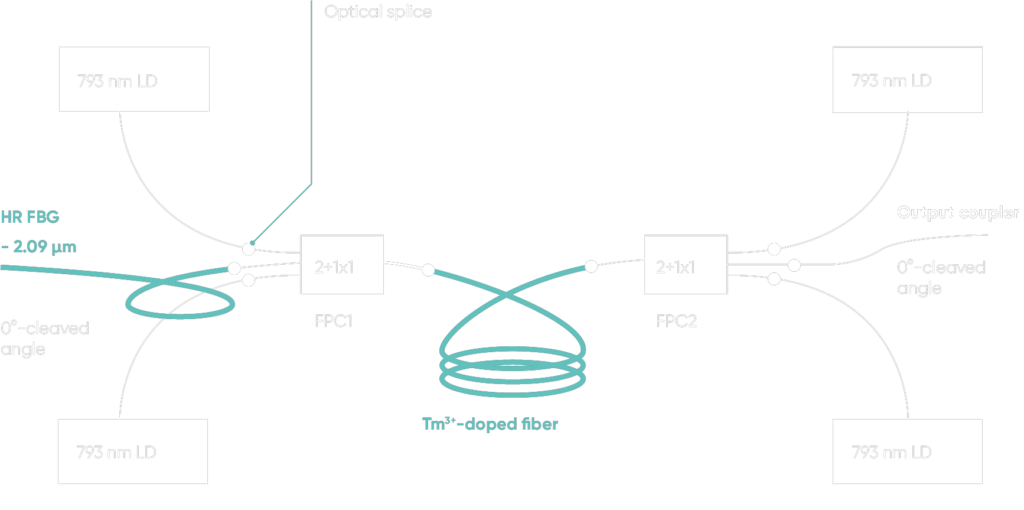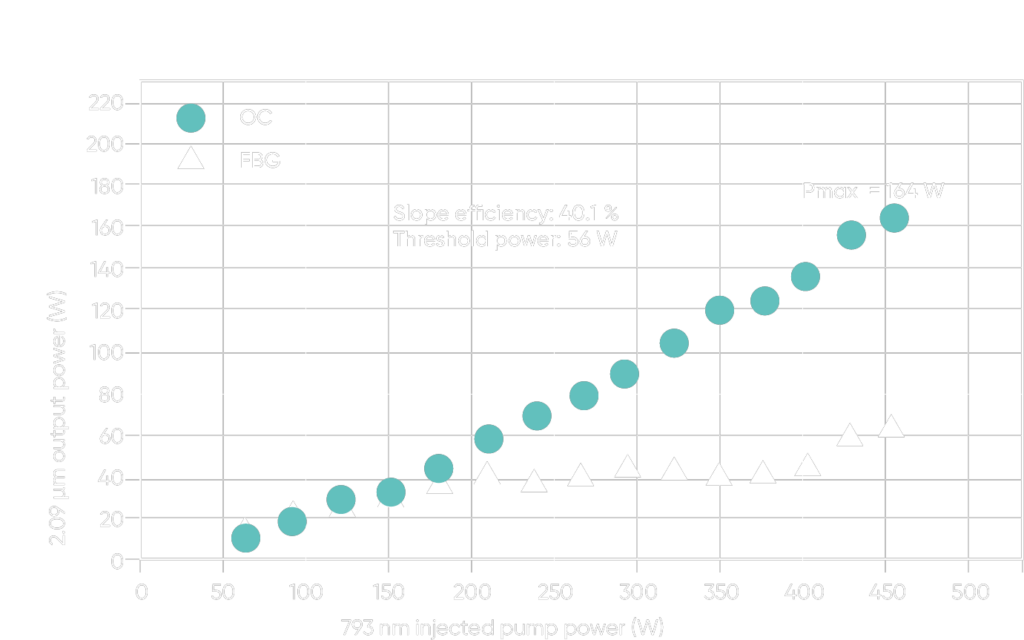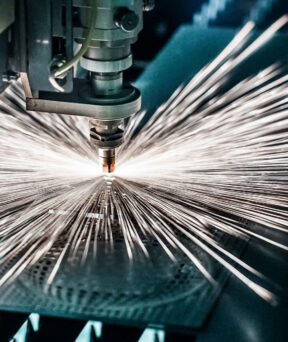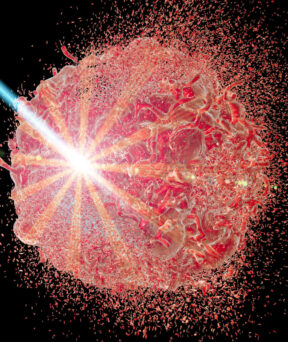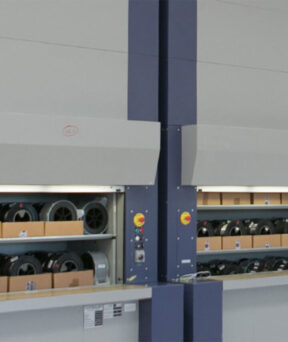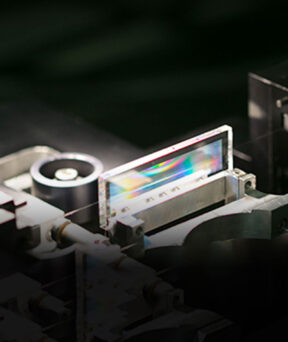Directed Energy Laser
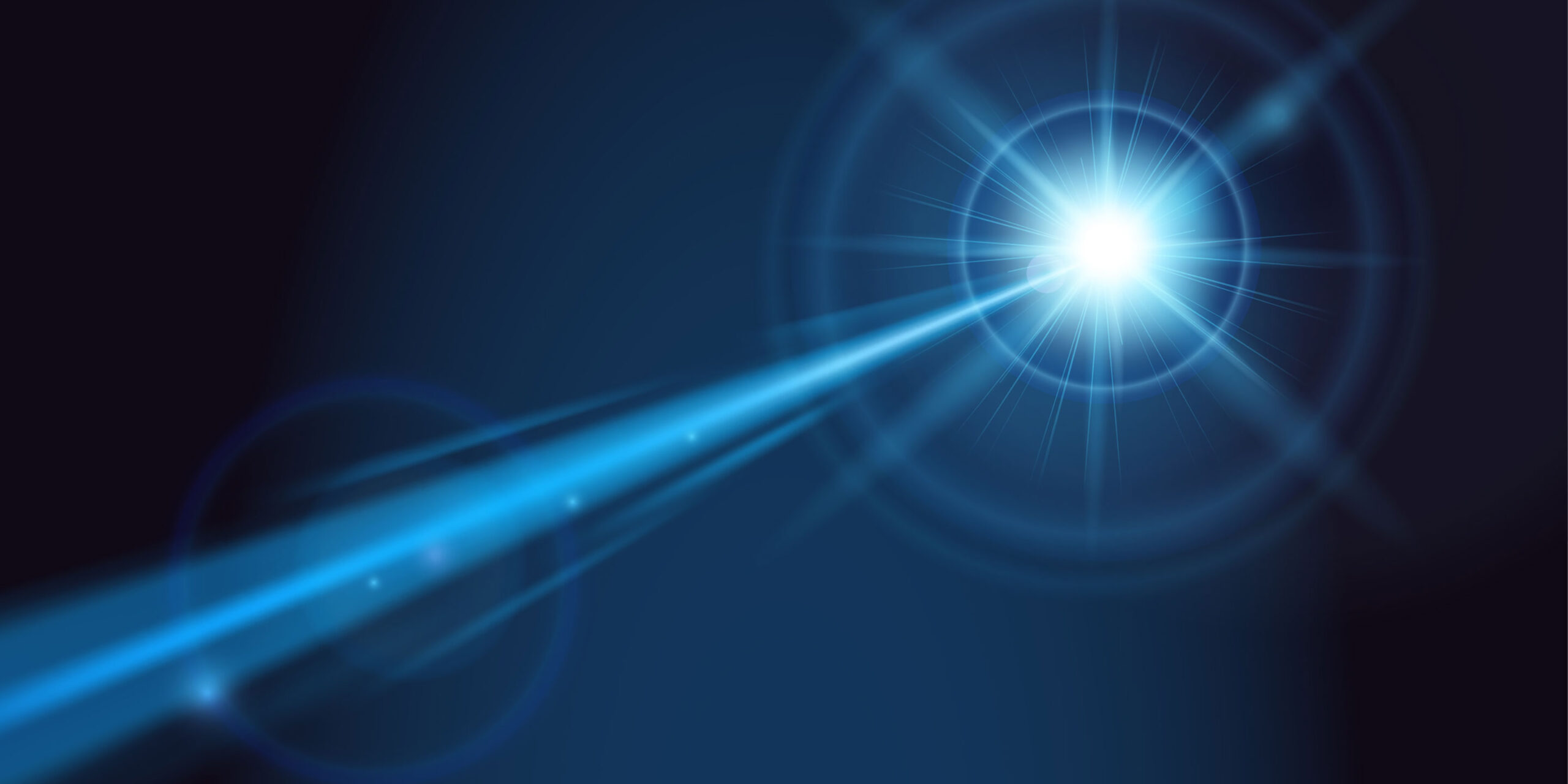

Demand for high power fiber lasers has increased tremendously in the last 10 years. They are used in an increasing variety of fields such as industrial machines, LIDAR systems, intense laser systems (inertial fusion, plasma), and recently in optical systems that can deliver very high power for defense applications.
Until recently, chemical lasers or free-electron lasers, then solid-state lasers, were mainly considered for such applications as Directed Energy Lasers (DEL). However, these technologies are particularly expensive and complex to implement. On the other hand, high power fiber lasers offer many advantages: compactness, lower mass allowing easier deployment, lower production and operating costs, higher reliability over time, resistance to severe and even extreme environments, etc. Thus, they are perfectly suited to operational environments, for example embarked on ships or moving vehicles.
Today, phasing multiple fiber sources of several kilowatt by optical combination can already result in laser architectures delivering powers of up to tens of kilowatts. Ongoing works are carried out to expend this power to several 100 kW which is the estimated power required to disable a drone.
Coherent Beam Combination
Spectral Beam Combination

